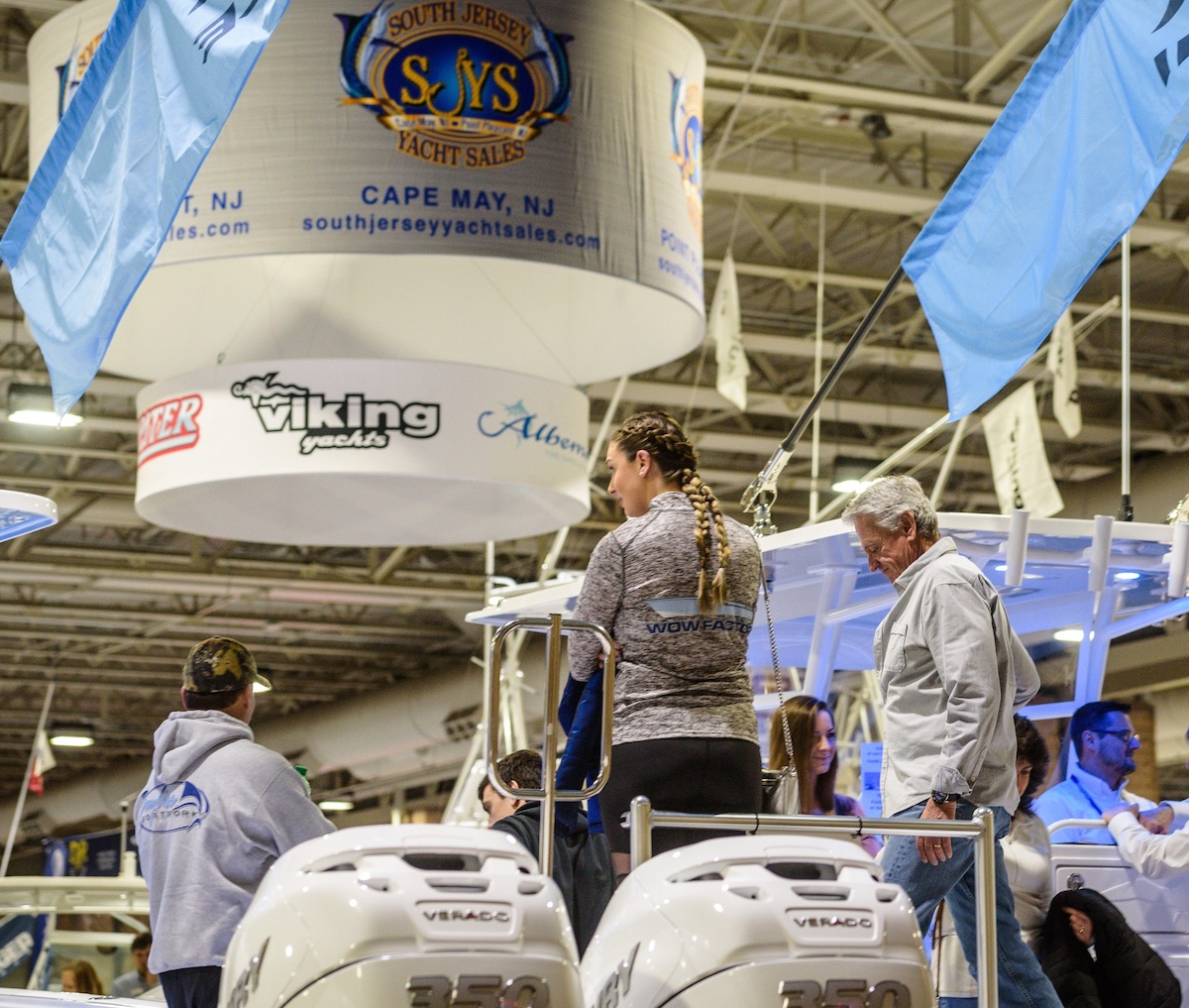WASHINGTON – U.S. Representative Candice Miller (MI-10), member of the U.S. House Committee on Transportation and Infrastructure, today praised the House of Representatives’ strong, bipartisan vote of 417 to 3, passing H.R. 3080 – the Water Resources Reform and Development Act of 2013 (WRRDA). Included in WRRDA, is Miller’s provision designating all ports and harbors on the Great Lakes as a single, comprehensive navigation system for budgeting purposes – the Great Lakes Navigation System – essentially allowing the Great Lakes ports and harbors to create a unified front when it comes to federal funding.
WRRDA authorizes key missions of the U.S. Army Corps of Engineers (USACE) to develop, maintain, and support our nation’s waterways. Additionally, WRRDA allows Congress to update our nation’s infrastructure policies to meet the demands of our dynamic maritime economy. H.R. 3080 – WRRDA will now move to conference with the U.S. Senate. Miller said:
“A principle advocacy of mine has been to protect and promote our magnificent Great Lakes. And today the Great Lakes achieved a tremendous milestone when the U.S. House of Representatives passed the Water Resources Reform and Development Act which for the first-time grants federal recognition of the Great Lakes as an important and unique navigation system.
“This single, comprehensive Great Lakes Navigation System is important because for far too long all the individually authorized commercial and recreational navigation projects in the Great Lakes have been pitted against one another to obtain needed funding. By designating the Great Lakes Navigation System navigation system, the Army Corps of Engineers will be required to look at the Great Lakes system in its entirety, rather than port by port, when allocating funding for dredging or maintenance. This will allow us to avoid future crises at our ports, harbors and channels as we have experienced in recent years due to low water levels.
“While other waterway channels and ports in our nation have access to funding, our Great Lakes waterways have faced decades of inadequate funding for dredging and infrastructure maintenance – and it is long past time for that practice to change. Today we can celebrate an important step forward in the protection of the Great Lakes with House passage of the WRRDA bill.”
Background: Unlike the coastal port ranges, waterborne commerce on the Great Lakes consists of an interdependent system of connecting channels linking ports both large and small. Currently, the U.S. Army Corps of Engineers treats the Mississippi, Ohio and Illinois rivers as “systems” for budgeting purposes – but instead it views the Great Lakes as a collection of individually authorized commercial and recreational navigation channels and ports, essentially pitting them against one another for funding. Additionally, the WRRDA legislation will assist our recreational harbors by allowing federal navigation maintenance funding to come from non-federal sources and to enter into public-private partnerships for projects.
The Harbor Maintenance Trust Fund was established in 1986 to fund the operation and maintenance of ports and harbors (such as dredging, dredged material disposal areas, jetties, and breakwaters) and is funded by the Harbor Maintenance Tax. The Harbor Maintenance Trust Fund was approximately $7 billion at the end of FY12 and continues to grow by hundreds of millions of dollars each year.
Groups supporting the designation of a unified Great Lakes Navigation System are:
The Great Lakes Maritime Task Force, the Great Lakes Metro Chambers Coalition, the Lake Carriers’ Association, the American Great Lakes Ports Association, the Great Lakes Small Harbors Coalition, the National Marine Manufacturers Association, Council of Great Lakes Governors, the United States Great Lakes Shipping Association, the International Association of Machinists and Aerospace Workers and the Great Lakes Commission.
Additional Background:
Relevant Provisions for MI-10 within H.R. 3080 – the Water Resources Reform and Development Act of 2013:
• Harbor Maintenance Trust Fund
è Sets spending targets starting at 65% (FY14) and increasing to 80 % (FY20) of projected HMTF revenue (includes HMT collections and interest). This increase will happen incrementally between FY14-FY20.
è Sets aside up to 5% of these amounts (if targets are reached) for expanded uses (berth dredging and legacy contaminated sediment disposal) for harbors that “collect” more HMT than is spent to maintain them.
• Small Ports (“Emerging Ports”) Set-Aside
è 10% set-aside for FY15-16 for harbors with less than 1 million tons cargo.
• Great Lakes Navigation System
è Requires the Army Corps of Engineers to manage and fund all the ports and harbors on the Great Lakes as a single, comprehensive navigation system.
• Non-Federal Funding of Projects
è Allows federal navigation maintenance funding to come from non-federal sources and to enter into public-private partnerships.
Highlights of H.R. 3080 – the Water Resources Reform and Development Act of 2013:
Reforms Bureaucracy, Accelerates Project Delivery, and Streamlines Environmental Reviews
• Sets hard deadlines on the time and cost of studies
• Consolidates or eliminates duplicative or unnecessary studies and requires concurrent reviews
• Streamlines environmental reviews
Fiscally Responsible
• Deauthorizes $12 billion of old, inactive projects that were authorized prior to WRDA 2007
• Fully offsets new authorizations with deauthorizations
• Sunsets new authorizations to prevent future project backlogs
• Reduces the inventory of properties that are not needed for the missions of the Corps
Strengthens Oversight, Transparency, and Accountability
• NO earmarks
• Establishes a new, transparent process for future bills to review and prioritize water resources development activities with strong Congressional oversight
Increases Flexibility for Non-Federal Interests
• Maximizes the ability of non-federal interests to contribute their own funds to move authorized studies and projects forward
• Expands the ability of non-federal interests to contribute funds to expedite the evaluation and processing of permits
• Establishes a Water Infrastructure Public Private Partnership Program
Improves Competitiveness, Creates Jobs, and Strengthens Water Resources Infrastructure
• Authorizes needed investments in America’s ports
• Supports underserved, emerging ports
• Reforms and preserves the Inland Waterways Trust Fund
• Authorizes priority water resources infrastructure improvements recommended by the Chief of the Army Corps of Engineers to improve navigation and commerce and address flood risk management, hurricane and storm damage risk reduction, and environmental restoration needs
Click here for more information about WRRDA, including text of the introduced bill and a document describing the importance of WRRDA and how it will improve American infrastructure and competitiveness.




